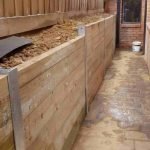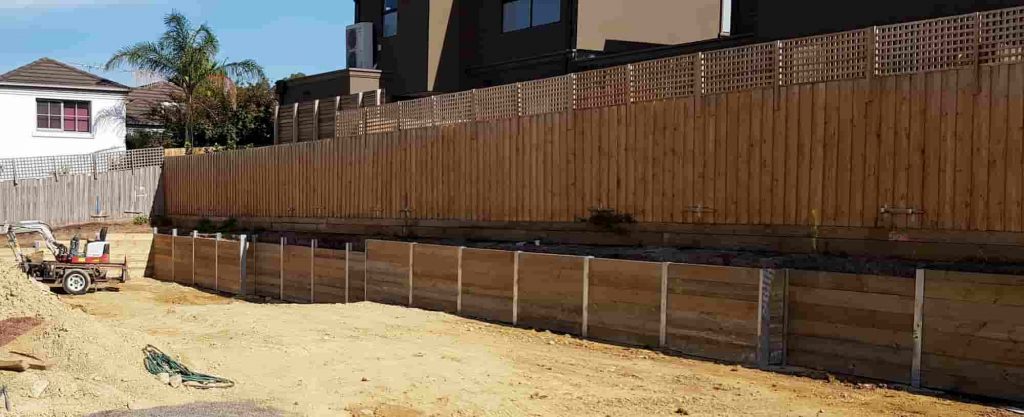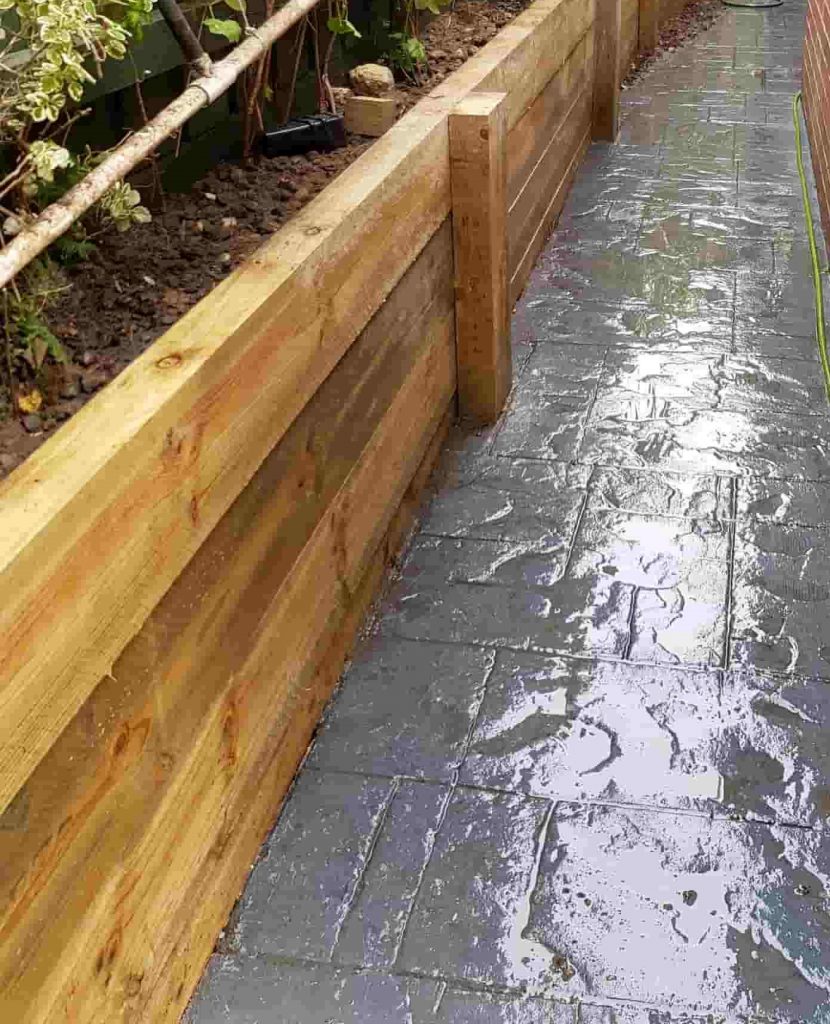Introduction
When it concerns boosting your home, few features can provide both aesthetic appeal and useful advantages like a sound keeping wall. Whether you're looking to handle water flow, develop tiered landscaping, or merely specify areas in your lawn, working with the best retaining wall installer is crucial. However, numerous homeowners come across common mistakes that result in pricey mistakes or unacceptable outcomes. In this thorough guide, we'll explore how to prevent these mistakes when employing a retaining wall installer and guarantee you get the quality work you deserve.

Understanding the Function of a Retaining Wall Installer
What is a Retaining Wall Installer?
A retaining wall installer is an expert who focuses on building walls designed to hold back soil and manage elevation modifications in landscaping. These walls can be found in numerous products such as concrete sleeper, H beam, wood sleeper, timber sleeper, and stone Each product has its own set of advantages and drawbacks, making it important to choose an installer who understands the subtleties involved.
The Value of Picking the Right Installer
Opting for an inexperienced or unqualified contractor can lead not just to structural problems but likewise financial losses. A durable maintaining wall enhances your home's worth while offering stability and avoiding disintegration. On the other hand, inferior work can lead to leaks, collapses, and even legal concerns if regional building codes are not adhered to.

What Ought to You Try to find in a Retaining Wall Builder?
Experience: Ensure that the home builder has substantial experience with various kinds of maintaining walls. Portfolio: Review their previous jobs for quality and variety. Licensing and Insurance: Confirm they are licensed and guaranteed for security against accidents. References: Request references from previous clients to assess their reliability.How to Prevent Common Pitfalls When Employing a Retaining Wall Installer
Research Local Regulations
Before starting your task, familiarize yourself with regional regulations regarding construction authorizations for maintaining walls. Some towns require specific permits depending upon wall height or location near residential or commercial property lines.
Why Are Regional Regulations Important?
Neglecting regional laws can cause fines and even having your wall taken down after building and construction has actually started. Always talk to your potential professional about compliance with local codes.
Get Several Quotes
One of the most significant mistakes homeowners make is sticking with the first quote they receive from a retaining wall contractor.
How Do You Compare Quotes Effectively?
- Evaluate not just cost but also scope of work included. Discuss products utilized-- cheap products may save cash upfront however cost more in maintenance. Verify timelines; an uncommonly low quote may indicate rushed work.
Check Reviews and Testimonials
Online evaluations can supply insight into customer fulfillment levels with numerous contractors.
What Platforms Ought to You Use?
Google Reviews Yelp Angie's List Contractor-specific sites like HomeAdvisorAsk About Material Options
Different materials serve different purposes-- comprehending these will assist you make notified decisions.
What Are Common Product Types?
- Concrete Sleeper: Long lasting however can be expensive. H Beam: Great for keeping large amounts of earth. Wood Sleeper: Aesthetic however may not last as long as stone options.
Consider Drainage Solutions
Proper drainage is vital for keeping the integrity of a retaining wall.
Why Is Drainage Critical?
Without appropriate drainage, water pressure can develop behind the wall resulting in cracks or ultimate collapse.
Review Craftsmanship Guarantees
Inquire about guarantees related to workmanship and products used.
What Must Be Consisted of in Warranties?
A solid warranty should cover defects in craftsmanship for several years post-installation as well as guarantees on product durability.
Communication Is Key
Building connection with your selected contractor can substantially minimize misunderstandings throughout the project duration.

How Do You Foster Communication?
- Schedule regular check-ins during construction. Set clear expectations at the start concerning timelines and deliverables.
Spotting Red Flags
Be aware of red flags that may suggest an unreliable specialist:
Lack of correct licensing or insurance coverage documentation Vague quotes without comprehensive breakdowns Poor communication upon preliminary contactUnderstanding Cost Factors
The expense https://squareblogs.net/mithirrzuw/customized-solutions-for-every-landscape-insights-from-top-builders-near-me of working with a retaining wall builder depends upon numerous factors consisting of:
- Size of the wall Material option (e.g., stone vs concrete) Site conditions (e.g., slope)
Typical Cost Ranges
|Material Type|Average Expense per Linear Foot|| -------------------|------------------------------|| Concrete Sleeper|$15 - $30|| H Beam|$20 - $35|| Wood Sleeper|$10 - $25|| Stone|$25 - $50|
Crafting Your Contract
Once you have actually chosen an installer, it's time to put whatever in writing!
What Should Your Contract Include?
Detailed scope of work Payment schedule Completion dates Warranties usedPost-Installation Care
After setup, you'll want to keep your brand-new addition properly.
How Do You Preserve Your Keeping Wall?
Regularly check for cracks or indications of water pooling at the base and deal with any concerns immediately.
FAQs About Employing a Retaining Wall Installer
How much does it generally cost to install a maintaining wall?- Costs differ commonly based on materials utilized and job intricacy but typically variety from $10--$50 per linear foot.
- This depends on regional guidelines; talk to your town before beginning any work.
- Installation time differs by size and intricacy but normally takes 1-- 5 days as soon as work begins.
- While DIY is possible, employing specialists ensures correct setup that fulfills safety standards.
- Common types include gravity walls (using weight), cantilevered walls (utilizing take advantage of), and anchored walls (anchored into soil).
- Failure might suggest structural damage; repair expenses depend upon severity however needs to be addressed promptly by professionals.
Conclusion
Hiring a qualified retainer wall installer does not need to be intimidating when equipped with understanding about what matters most-- experience, quality products, effective communication, and adherence to guidelines are critical factors to consider that every homeowner need to bear in mind when embarking on this journey! By preventing common mistakes outlined above, you'll be well on your way toward accomplishing high-quality outcomes that boost both performance and looks on your property! Constantly remember; investing time upfront will conserve you headaches down the road!
This article targets at delivering thorough insights into working with practices while resolving crucial issues surrounding picking ideal contractors within this niche market!